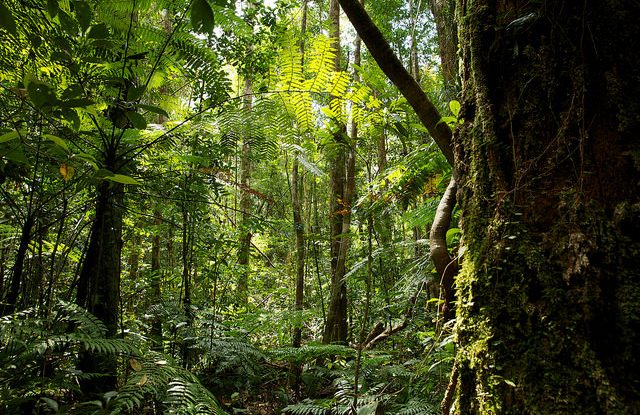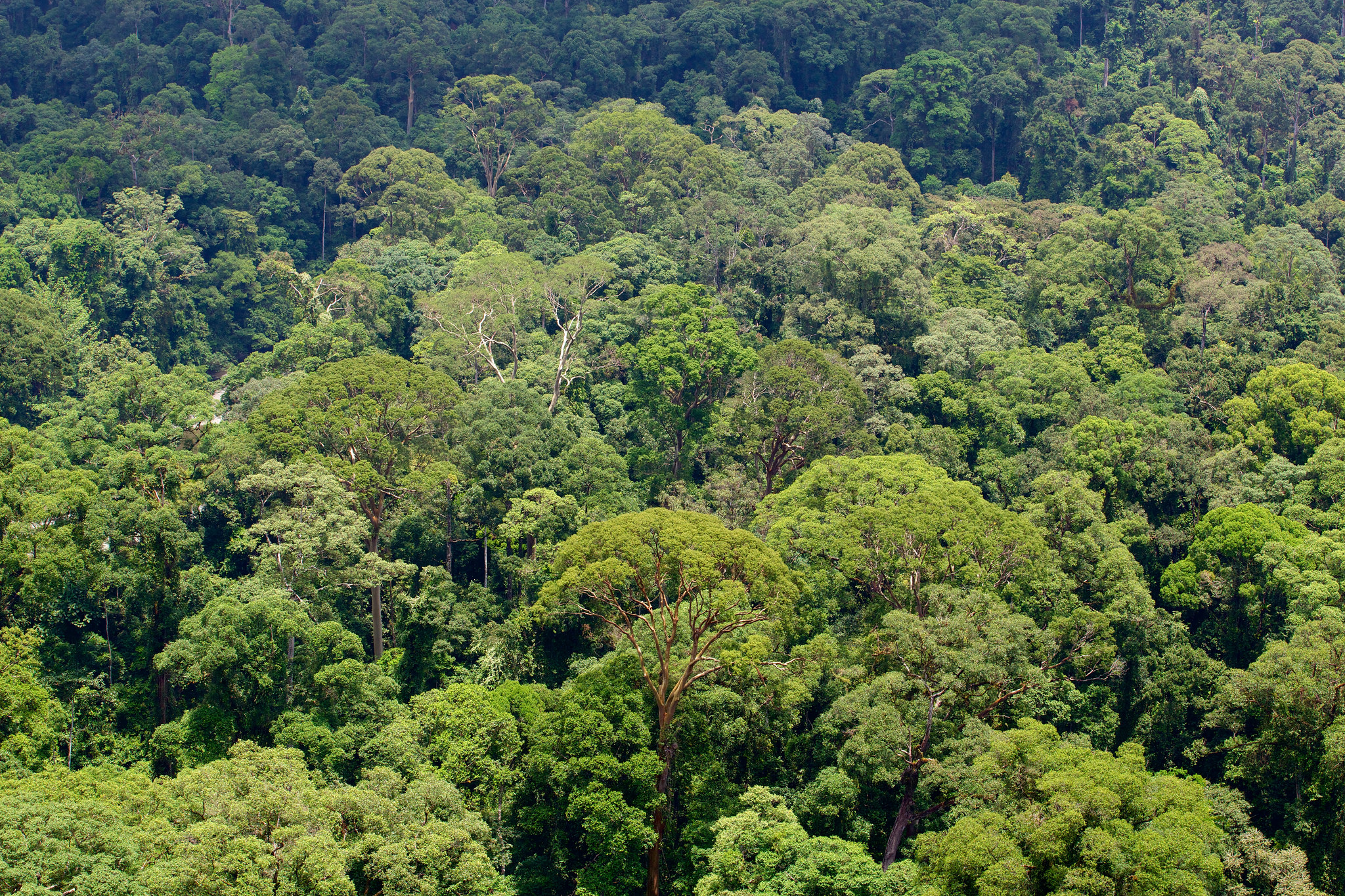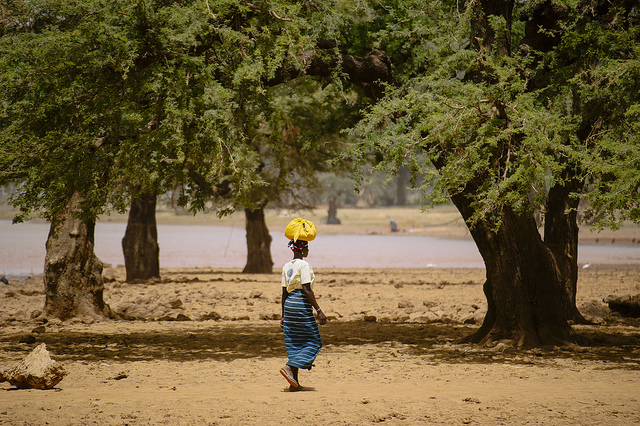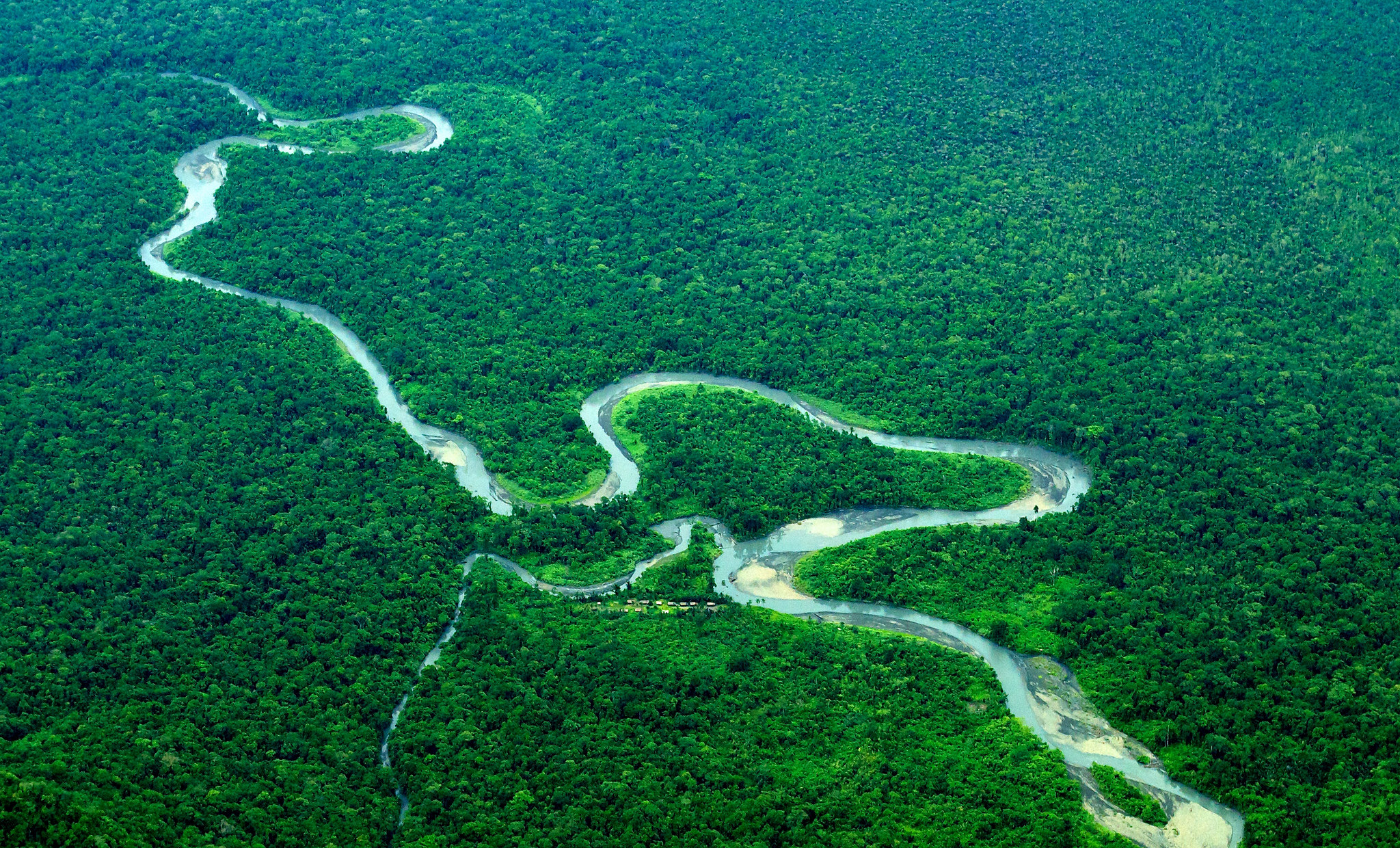
Is REDD+ dead? The ambitious plan for reducing carbon emissions in the tropics by preventing deforestation and forest degradation is approaching its tenth anniversary, and it has fallen short of expectations.
Progress has been slow, and it’s not clear how much forest has been saved.
Some critics have therefore suggested that REDD+ has reached the end of its lifespan, and that it’s time to try something new. But scientists linked to the Center for International Forestry Research (CIFOR) – who have been closely analyzing the implementation of the scheme since 2009 – argue that REDD+, though troubled, is not dead.
“If you blame the intervention itself, you’re implying there is some other miracle cure for the problem of deforestation,” says Arild Angelsen, a CIFOR associate and economics professor at the Norwegian University of Life Sciences.
“It’s a case of blaming the medicine, not the illness of the patient. And that’s just preparing the ground for the next fad.”
In a new Letter in Conservation Biology, Angelsen and colleagues have responded to Robert Fletcher and his co-authors, who recently argued in the journal that REDD+ has failed because the underlying idea was flawed: that market-based schemes and payments for environmental services (PES) are fundamentally contradictory and cannot work.
That misrepresents what REDD+ has become, the CIFOR scientists argue. While the scheme was initially conceived as a market-based instrument that would be funded by a massive global carbon market, that vision no longer reflects reality.
In the absence of that market, REDD+ has since evolved into a form of results-based aid, with various kinds of financing from governments, civil society and the private sector. Only a tiny proportion of the more than 330 REDD+ initiatives around the world rely on payments from the voluntary carbon market.
That means it doesn’t make sense to blame the disappointments of REDD+ on the supposed inherent problems of market-based conservation, the scientists argue, as it is no longer a market-based intervention.
Outcomes from conservation interventions depend on a vast range of variables, not just their initial design, Angelsen says.
Business-as-usual interests – those who benefit from forest conversion – continue to be very powerful, he says, and REDD+ has not been implemented at a scale needed to fully counterbalance those interests.
CIFOR scientist and co-author Amy Duchelle says a key message of the Letter is the need to rigorously analyze the impacts of different conservation approaches, including REDD+, before labeling them as fads or failures and then moving on to the next big idea.
“Otherwise we miss the opportunity to learn important lessons – based on empirical evidence – about why different approaches have or have not worked under different circumstances,” she says.
THORNY PROBLEMS
CIFOR’s Global Comparative Study on REDD+, which Duchelle works on, aims to provide empirical evidence of the scheme’s impact on policy and practice. The research component, which focuses on sub-national REDD+ initiatives, evaluates the impacts of 22 initiatives in six tropical forest countries based on data collected in 150 villages and nearly 4,000 households (including control groups).
But because REDD+ took longer than anticipated to get started, the actual effects of the interventions are only now emerging, Duchelle says.
“We began collecting baseline data in 2010, and we originally planned go back in 2012 to measure the impacts of the initiatives, because we thought that REDD+ would happen so quickly,” she says. That didn’t happen – instead they returned in 2014, and even then, implementation had only just begun.
Across the board, REDD+ has moved slowly. That shouldn’t be so surprising, says one of the other authors, CIFOR Principal Scientist Christopher Martius, who coordinates CIFOR’s climate change research.
“It’s a huge undertaking to align 190-odd countries around a common goal, and then try to develop mechanisms that work for everybody. You’re also trying to establish something in the tropics that many developed countries don’t even have, like collaboration between ministries,” Martius says.
“It’s not like phasing out fluorocarbons where you were dealing with a technical process. Here, you’re dealing with a lot of social issues, people living in forests and from forests, and there have to be viable solutions for them.”
REDD+ countries have also had to develop ways of accurately measuring the carbon in their forests, come up with fair mechanisms for sharing the payments and other benefits, and ensure local people and local environments aren’t negatively impacted by REDD+ initiatives – all thorny problems.
“REDD+ was sold as this surefire and quick way to address the issue of deforestation. Just give people the money, and they’ll let the trees stand – finished,” Martius says. “It’s not that simple.”
“People think transformational change is quick because it sounds explosive, but it takes a long time to change business as usual,” Duchelle adds.
HAS REDD+ SAVED ANY TREES?
But progress is being made, particularly at the capacity and policy level. Since 2010 there has been a clear improvement in many countries’ ability to measure, verify and report on changes in forest cover and carbon stocks – an essential part of building trust.
“These are tangible results. They are policy results, which don’t translate immediately into hectares of forest saved, but they do provide the groundwork for that,” says Martius.
So has REDD+ saved any trees? So far, maybe a few. Emerging results from the Global Comparative Study indicate that in about half of the sites there has been a small decrease in deforestation.
“But impact assessments such as this one are inherently difficult,” says Angelsen. “You have to compare today’s situation with what would have happened in the absence of REDD+, which is a hypothetical scenario.”
This creates space for many different stories to be told, depending on different stakeholders’ interests and ideological positions, he says. CIFOR’s study tries to address this by applying rigorous methods, and by following the implementation over time.
It is still early days, cautions Duchelle. The study is now in its third and final phase, and will continue until 2020.
“We’re committed to analyzing REDD+ over the long term. Will we see results? And if not, why? Why isn’t this changing things in the way that we imagined? We need to critically evaluate its true impact and consolidate lessons over time to understand its role in the broader conservation and development context.”
We want you to share Forests News content, which is licensed under Creative Commons Attribution-NonCommercial-ShareAlike 4.0 International (CC BY-NC-SA 4.0). This means you are free to redistribute our material for non-commercial purposes. All we ask is that you give Forests News appropriate credit and link to the original Forests News content, indicate if changes were made, and distribute your contributions under the same Creative Commons license. You must notify Forests News if you repost, reprint or reuse our materials by contacting forestsnews@cifor-icraf.org.





